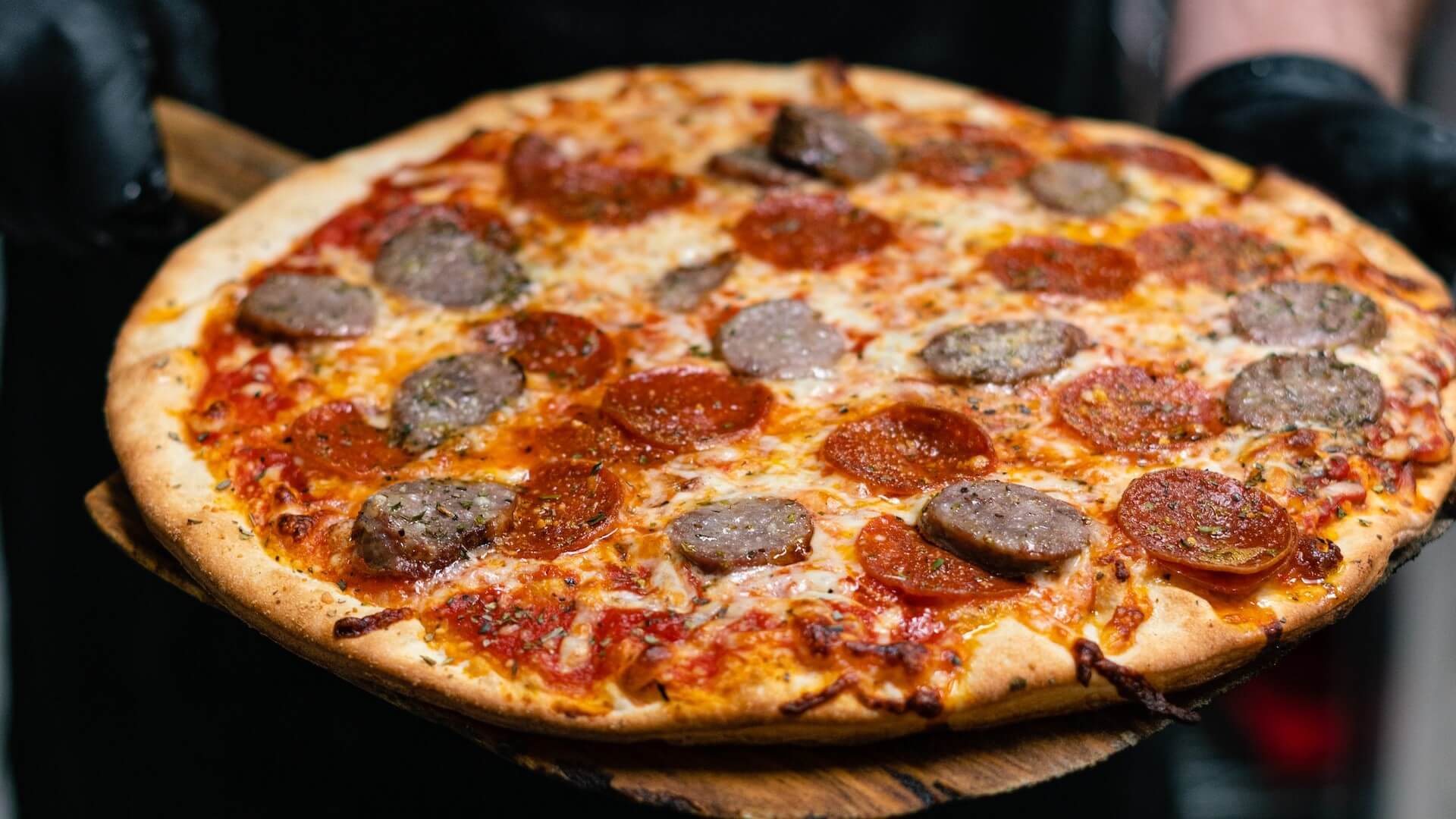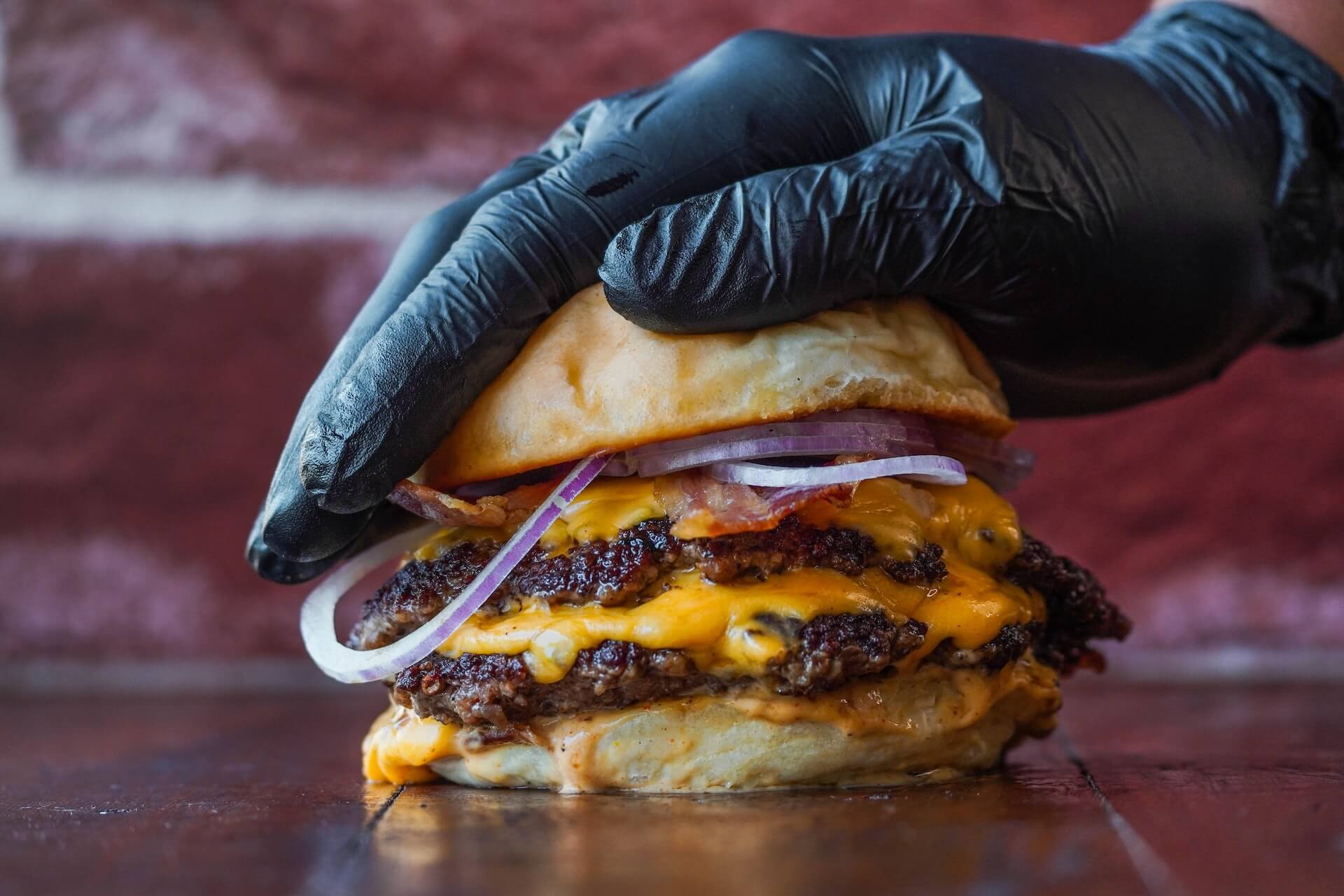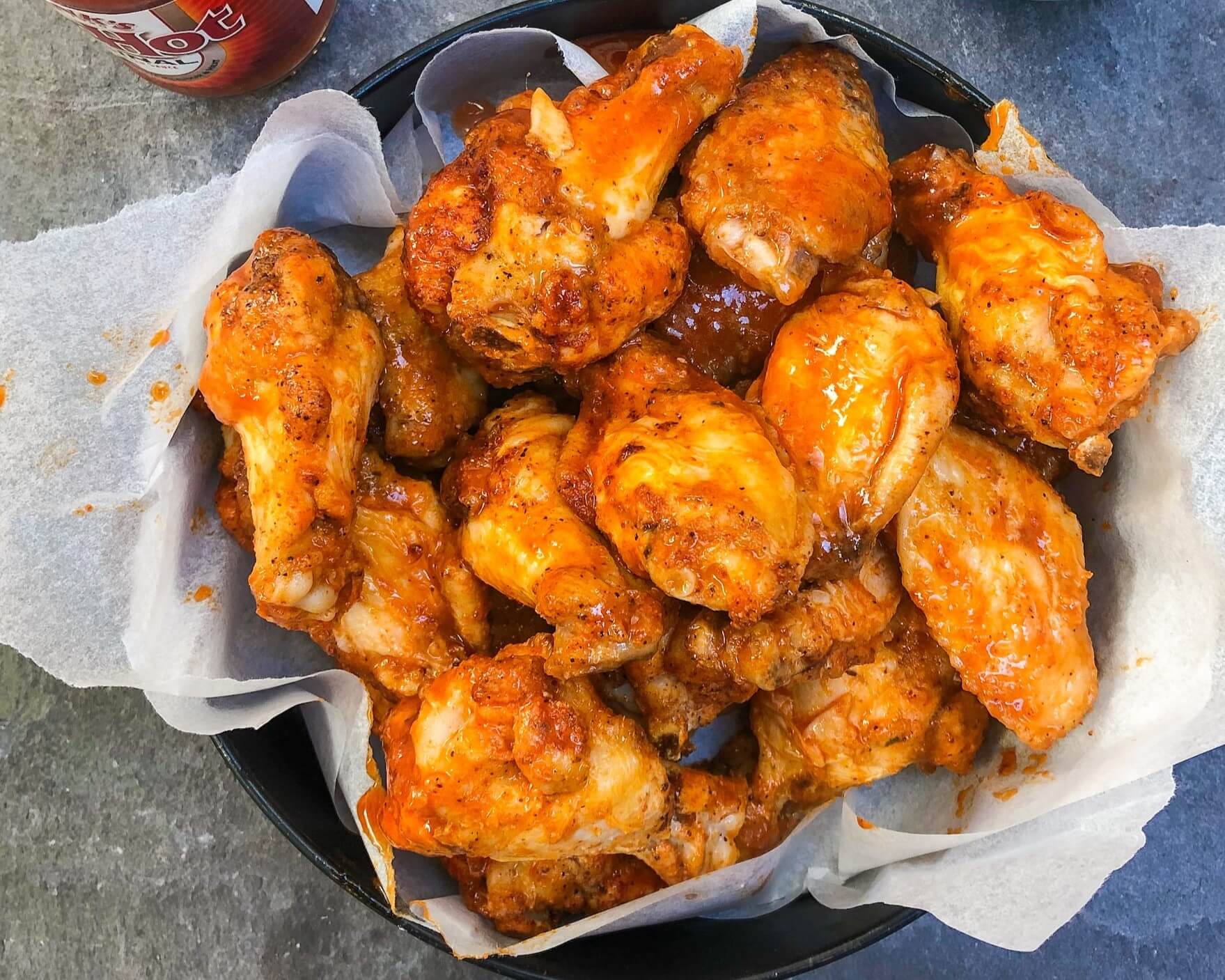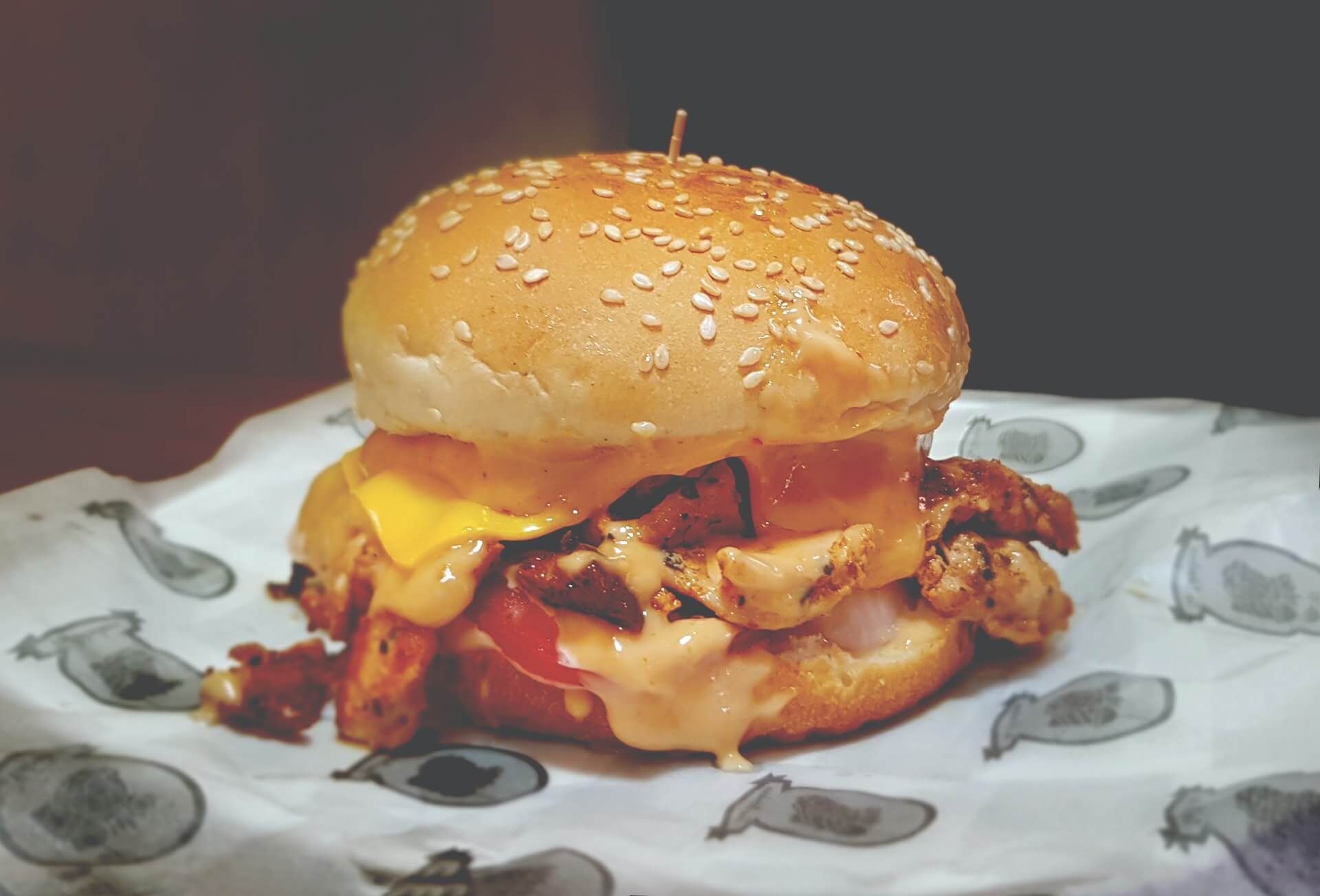Indie Pizzeria App Slice Releases 2023 Report
by David Klemt

The annual Slice of the Union report from independent pizzeria ordering app Slice offers excellent insight into the indie pizza space.
Per the company’s website, Slice serves all 50 states and works with 19,000 pizzerias. For context, that’s a network of pizzerias more than double in size in comparison to Domino’s.
In my opinion, then, the company is well-positioned to deliver data regarding the indie pizzeria space.
Additionally, Slice says they save independent operators money. To date, Slice claims partners have saved more than $265 million in fees that would have gone to third-party delivery services.
In part, that’s due to a 2021 innovation by the company. At the International Pizza Expo in Las Vegas in August of 2021, Slice unveiled fixed-price, tiered packages for partners.
View this post on Instagram
Essentially, Slice intends to help local, indie pizzerias boost their reach, discoverability, and revenue. The company’s mission is “empowering independent pizzerias.” In part, Slice accomplishes their mission to “Keep Local Thriving” by offering indie pizzeria operators access to technology and services that rival the big pizza chains.
Below you’ll find some of the insights from the 2023 Slice of the Union that most stand out to me. To review the report in its entirety yourself, please click here. Not only is it an informative read, it’s actually fun.
Ordering Occasion
Kicking things off, ordering occasions. As all operators should know, many guests seek out particular cuisine, drinks, or venues dependent upon their dining or drinking occasion.
In the 2023 Slice of the Union, Slice takes a look at a couple occasions that motivate people to order pizza: sports and awards shows.
Now, it’s no surprise that people order pizza to enjoy while watching sports. So, since that’s common knowledge, Slice goes deeper and identifies the top sports leagues:
- Football
- Basketball
- Baseball
- Hockey
No mention of my two favorites, F1 and MotoGP, but at least hockey makes the cut. (My Vegas side says, “Go Knights!” but my born-in-Chicago side says, “Go ‘Hawks!”)
When we look at awards shows, the top spot may be somewhat of a surprise:
- People’s Choice Awards
- Tony Awards
- Emmy Awards
- Golden Globes
- The Oscars
Interestingly, the Grammys only manage an honorable mention. And there’s something poetic about pizza being the “people’s choice” for the People’s Choice.
Another bit of compelling data. Slice says that most people buckle and give up on their New Year’s resolution to keep away from pizza on January 13.
What’s in a Name?
There are certainly some creative pizzeria names out there.
However, Slice identifies not just some of the most common names but how many pizzerias use them:
- Joe: 206 pizzerias
- Sal: 206 pizzerias
- Tony: 114 pizzerias
- Johnny: 56 pizzerias
- Ray: 43 pizzerias
- Nino: 21 pizzerias
Flavors on the Rise
Wondering what the top topping is? What Slice sees as the pizza trends to watch?
Well, Slice has the answers to those questions (and more) in their annual report.
Pepperoni, as Slice says, “is a classic.” So, it wouldn’t provide much insight to just say, “Hey, pepperoni is popular.” Operators who offer pepperoni—and why wouldn’t they?—are already aware of its ubiquity.
Instead, Slice identifies the topping that’s showing the most growth. Per Slice, mushrooms has shown up on 8.9 percent more pizzas. Also, ranch dressing showed up on 9.7 percent more pizza orders in 2022.
Now, which trends may gain more significant footholds in the pizza space this year? Slice identifies two in their report:
- Roman-style pizza
- Pickle pizza
A Roman-style pizza is thin crust and pushes the toppings out all the way to the edges. A pickle pizza features—shocker—pickles heavily. According to Slice, this style of pizza normally includes a garlic sauce and mozzarella cheese.
Again, you’ll want to check this report out for yourself as there’s much more useful information. Click here to read it now.
Image: Dylan Sauerwein on Unsplash










